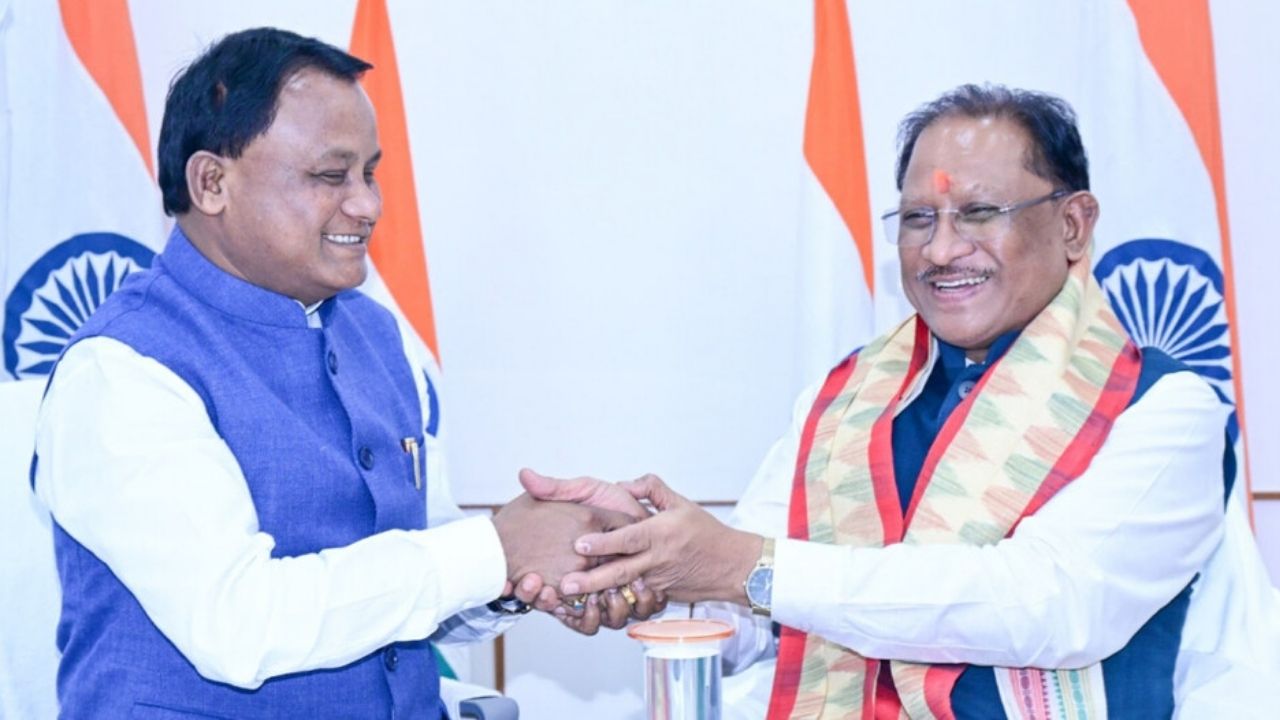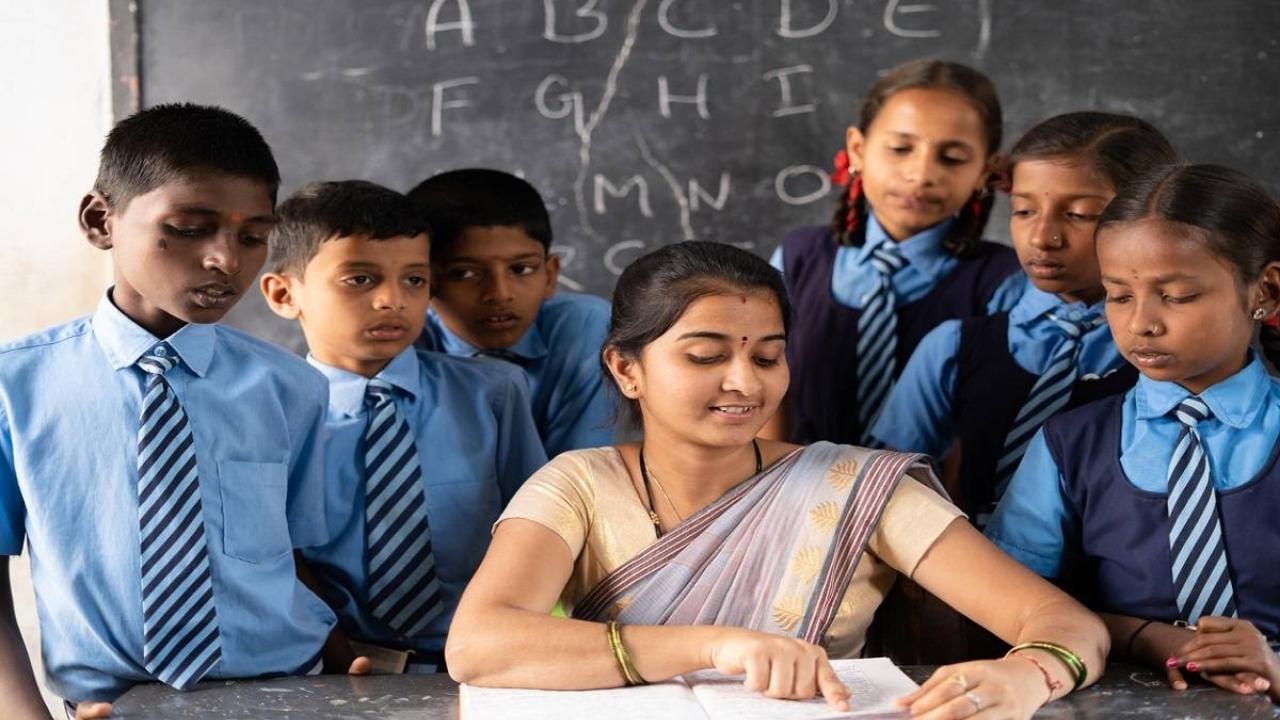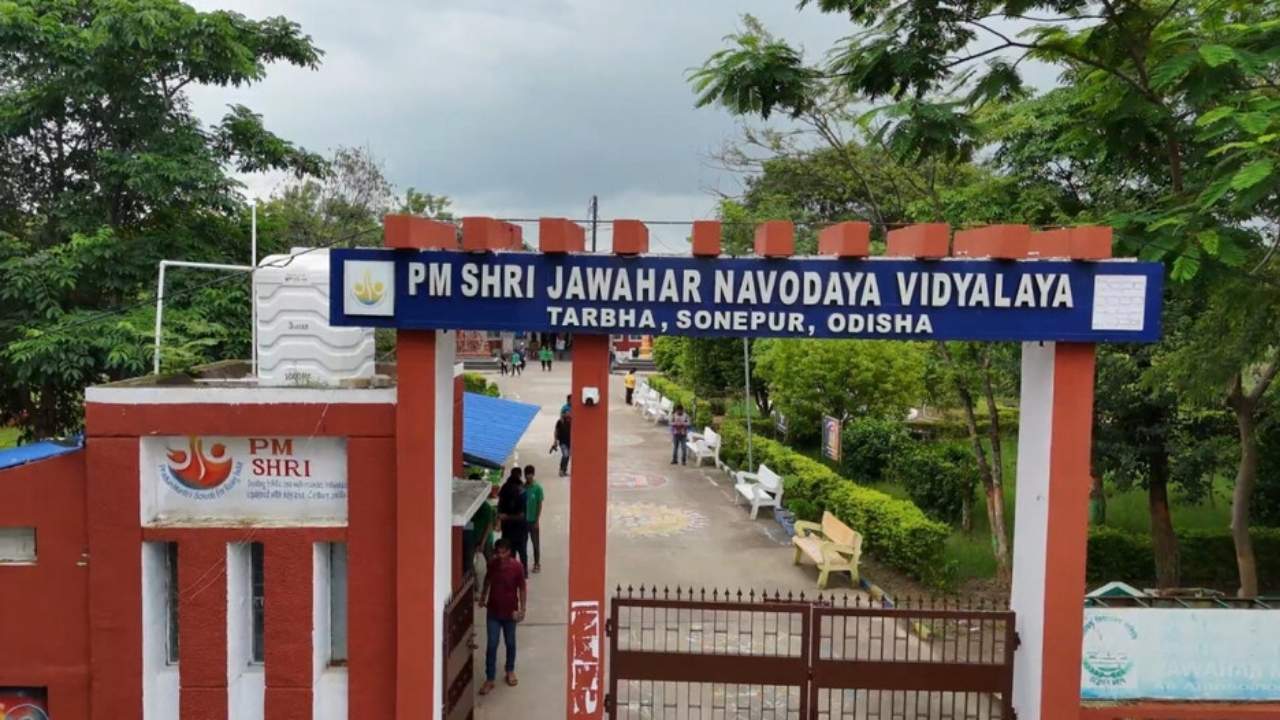The chief ministers of Odisha and Chhattisgarh have agreed to form a joint technical committee to resolve the long-standing Mahanadi water dispute, a move that signals a potential de-escalation in the contentious interstate conflict. The decision, reached during a high-level meeting, aims to find an amicable solution outside the ongoing tribunal process, though experts remain cautiously optimistic about a lasting resolution.
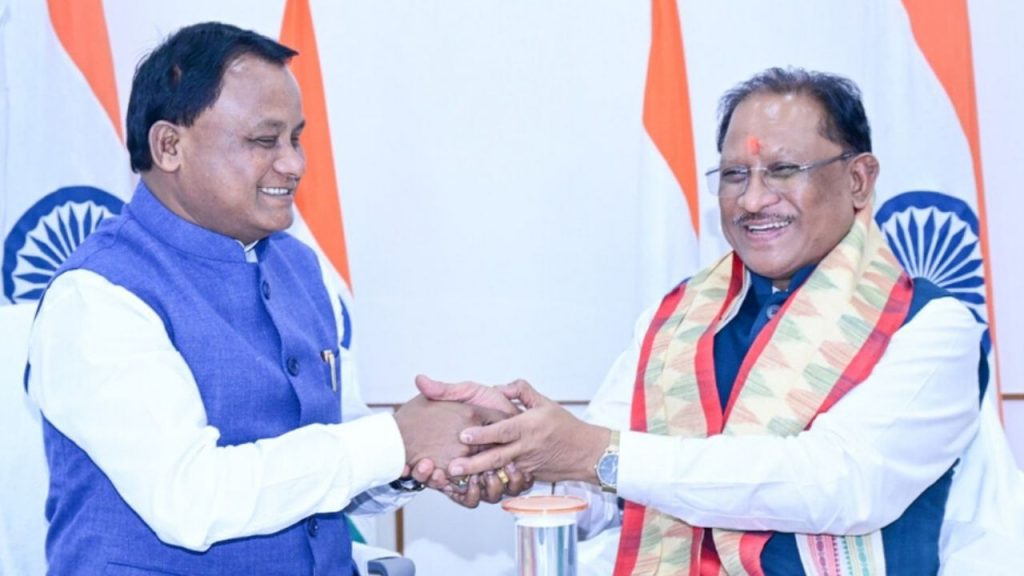
Odisha and Chhattisgarh Finally Talk Peace Over Mahanadi
| Key Fact | Details |
| New Diplomatic Effort | Odisha and Chhattisgarh will form a joint technical team to assess water flow and usage. Official Press Release from CM’s Office |
| Core Conflict | Chhattisgarh’s construction of upstream barrages allegedly reduces water flow to Odisha’s Hirakud Dam. |
| Next Step | The technical committee will conduct joint surveys during the next monsoon season to collect data. |
A Thaw in a Frozen Conflict
In a significant diplomatic development, Odisha Chief Minister Naveen Patnaik and Chhattisgarh Chief Minister Vishnu Deo Sai met to address the bitter Odisha-Chhattisgarh conflict over the Mahanadi River’s resources. Both leaders acknowledged the need for a collaborative approach to manage the river, which is a lifeline for millions in both states.
“We have decided to work together with a spirit of cooperation,” Sai stated in a press briefing following the meeting, according to the Press Trust of India. “Our primary goal is to ensure that the interests of the people of both states are protected.”
The newly proposed joint committee will include water resource experts and senior officials from both administrations. Its first task will be to collect real-time data on water availability and flow patterns during the monsoon season, a key point of disagreement that has stalled progress for years.
The Roots of the Mahanadi Water Dispute
The interstate river dispute escalated nearly a decade ago when Odisha objected to Chhattisgarh’s construction of several barrages and industrial projects in the upper Mahanadi basin. Odisha’s government argues these structures illegally restrict the downstream flow of water, severely impacting the state’s agriculture and the operational capacity of the critical Hirakud Dam.
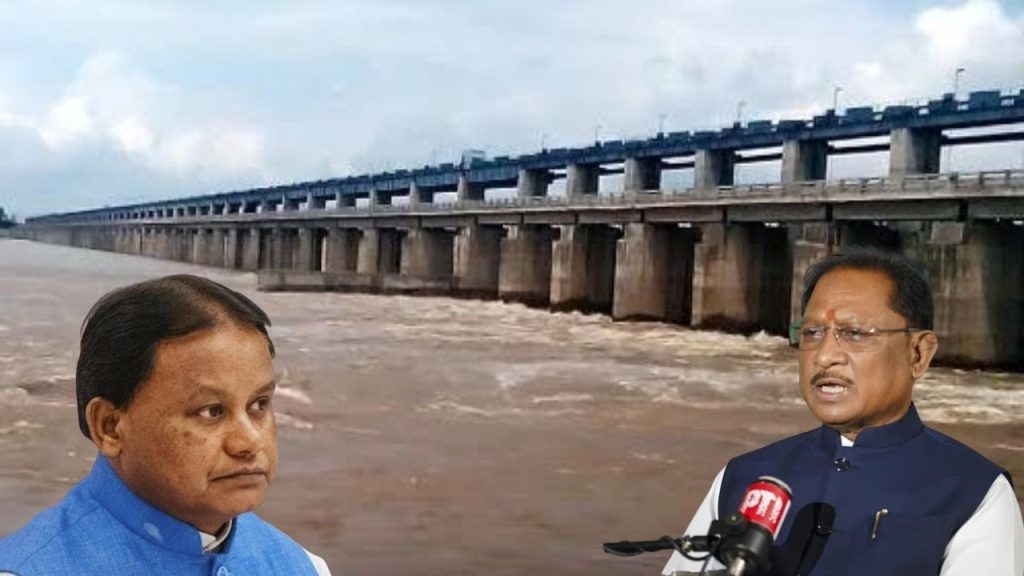
Chhattisgarh’s Position
Officials in Chhattisgarh maintain that they are utilizing only their rightful share of the river’s water. They argue the projects are essential for providing water for irrigation and rapidly growing industries within their state. “We have always acted within the legal framework,” a senior official from Chhattisgarh’s water resources department, who was not authorized to speak publicly, told reporters. “The data will prove that our projects do not negatively impact Odisha’s share.”
Odisha’s Downstream Dependence
For Odisha, the stakes are exceptionally high. The Mahanadi River supports the state’s most fertile agricultural belt and feeds into the Hirakud Dam, one of India’s longest earthen dams. Reduced inflow threatens power generation, drinking water supplies for several cities, and the delicate ecosystem of the Mahanadi delta, including the Bhitarkanika mangroves. The state has repeatedly accused Chhattisgarh of building projects without proper consultation, triggering the long legal and political battle.
A Path Forward Beyond the Tribunal?
In 2018, India’s central government established the Mahanadi Water Disputes Tribunal to adjudicate the conflict. However, the quasi-judicial body’s proceedings have been slow, prompting both states to seek a more direct diplomatic channel. This recent meeting is the first major bilateral initiative since the tribunal was formed.
Water policy experts believe that a functional water sharing agreement is the only sustainable solution.
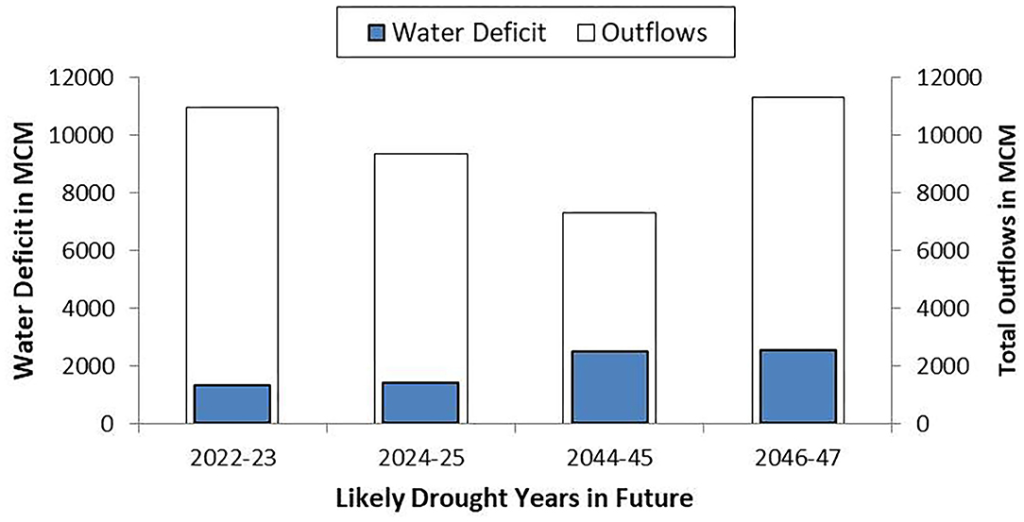
[IMAGE/CHART PLACEHOLDER: ALT TEXT: “A bar chart comparing the claimed water requirements of Odisha and Chhattisgarh from the Mahanadi River in cubic meters.”] Description: A simple, clean bar chart visualizing the water allocation claims from each state, based on data submitted to the tribunal or reported by reputable news outlets. This provides a clear quantitative context to the dispute.
“Tribunals can take decades. A joint data-driven approach is a much more practical way forward,” said Dr. Ayan Das, a water management specialist at the Indian Institute of Technology. “However, the success of this committee depends entirely on political will. Both sides must be willing to accept the scientific findings and compromise.”
The final paragraph of the story should offer a forward-looking perspective. While the agreement to hold talks is a positive step, the path to a comprehensive water sharing agreement is filled with technical challenges and political pressures. The true test will come when the joint committee presents its data and both governments must negotiate a binding accord that balances the needs of their farmers, industries, and citizens.
Odisha CM’s Flight Makes Sudden Detour to Kolkata; What Forced the Emergency Diversion
Chhattisgarh CM Outlines Stance on Mahanadi Following Odisha’s Proposal for Talks.
FAQs
1. What is the Mahanadi water dispute?
The Mahanadi water dispute is an interstate river dispute between the Indian states of Chhattisgarh and Odisha. The core issue is the sharing of the Mahanadi River’s water, with Odisha accusing the upstream state of Chhattisgarh of building projects that unfairly restrict water flow downstream.
2. Why is the Hirakud Dam important in this conflict?
The Hirakud Dam in Odisha is a massive multipurpose project crucial for irrigation, flood control, and hydroelectric power generation. Odisha’s primary concern is that reduced water flow from Chhattisgarh threatens the dam’s viability and the livelihoods of millions who depend on it.
3. What is a water disputes tribunal in India?
A water disputes tribunal is a quasi-judicial body established by the central government under the Inter-State River Water Disputes Act, 1956, to resolve water-related conflicts between states. Its decisions are legally binding, but the process can often be lengthy.

